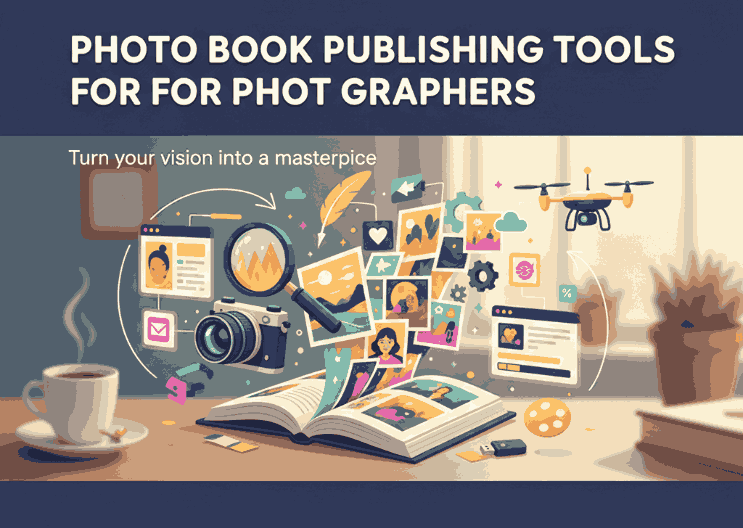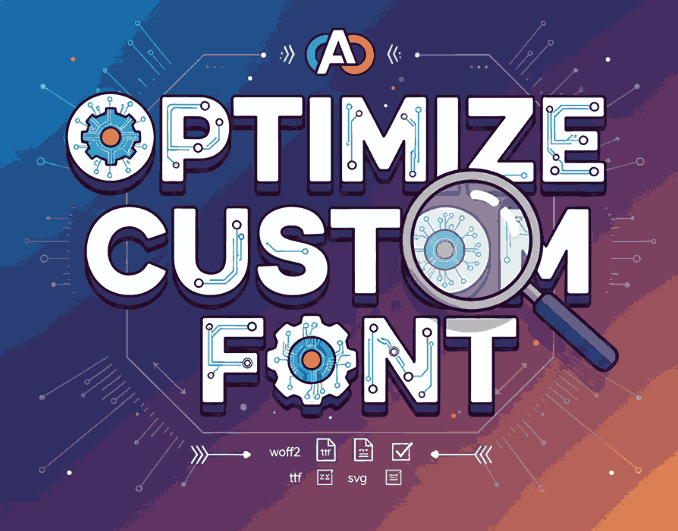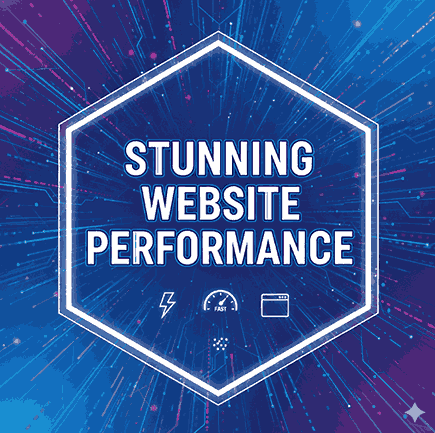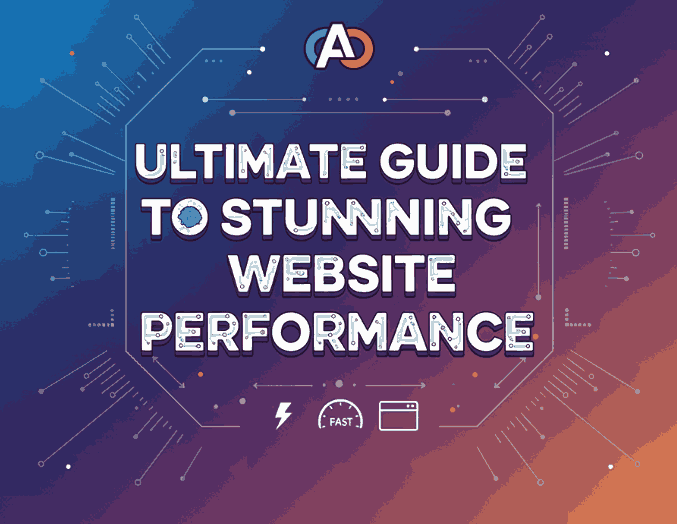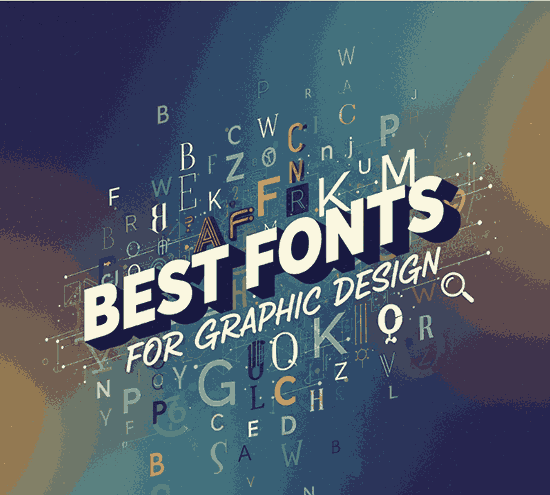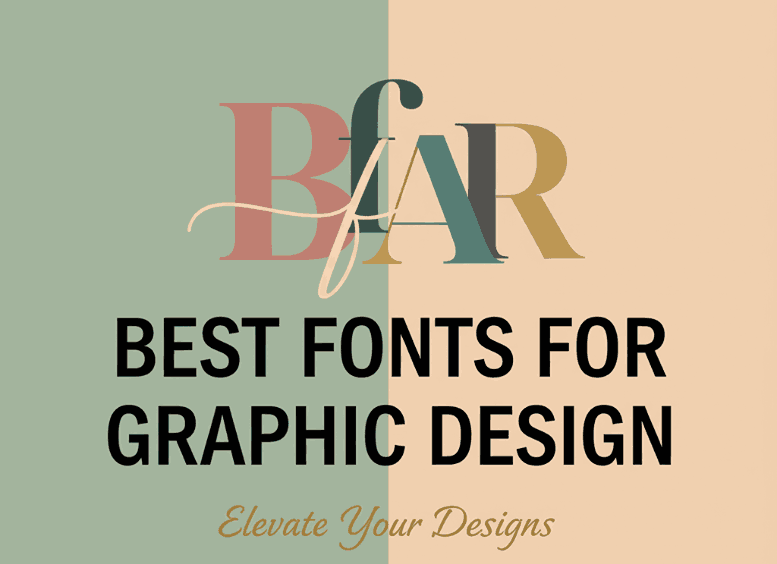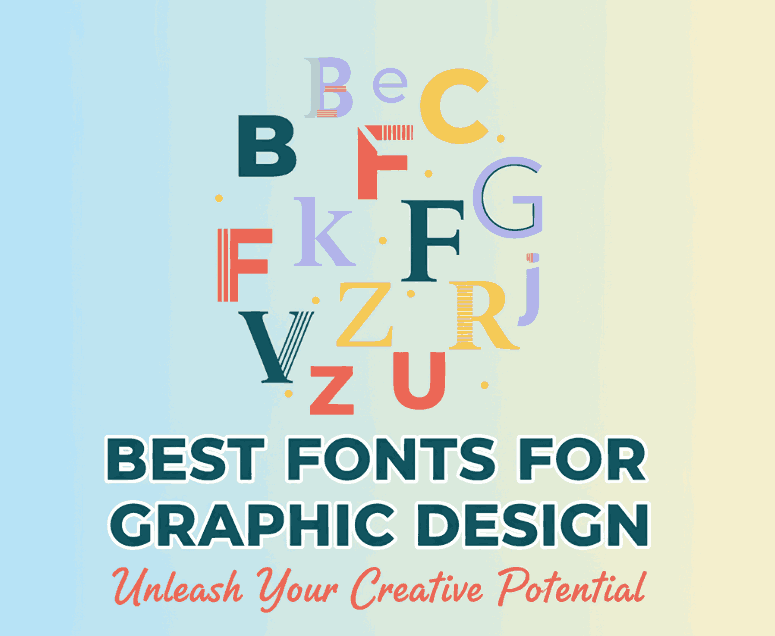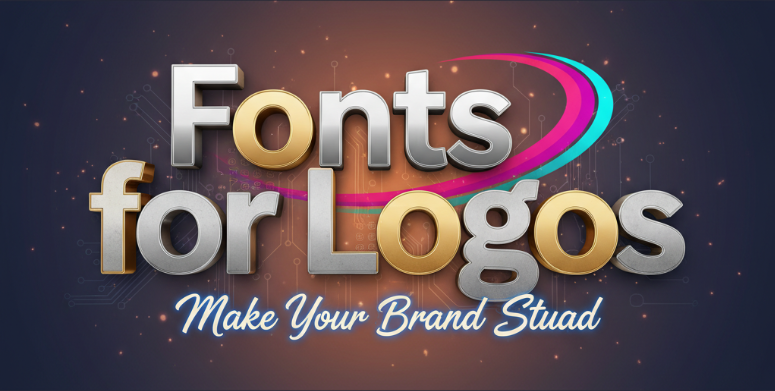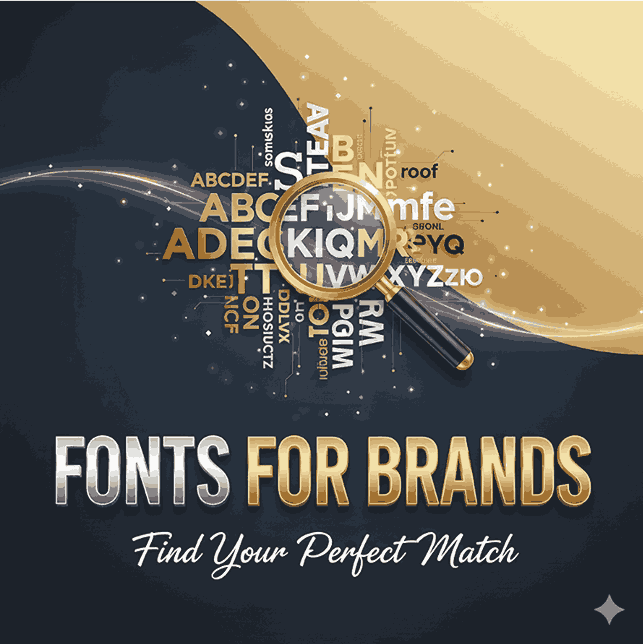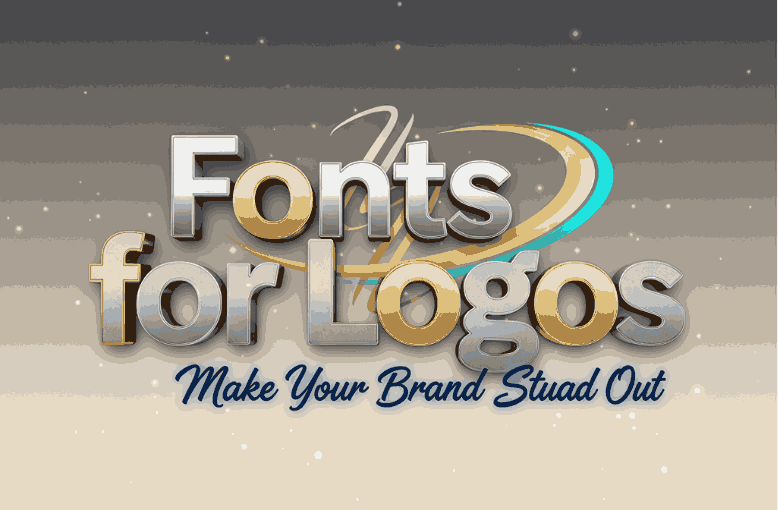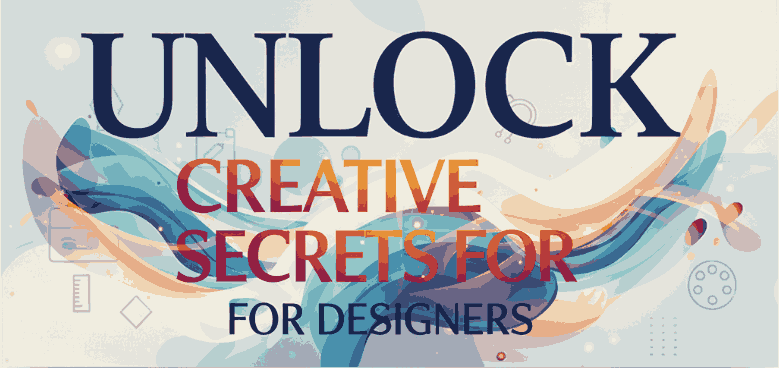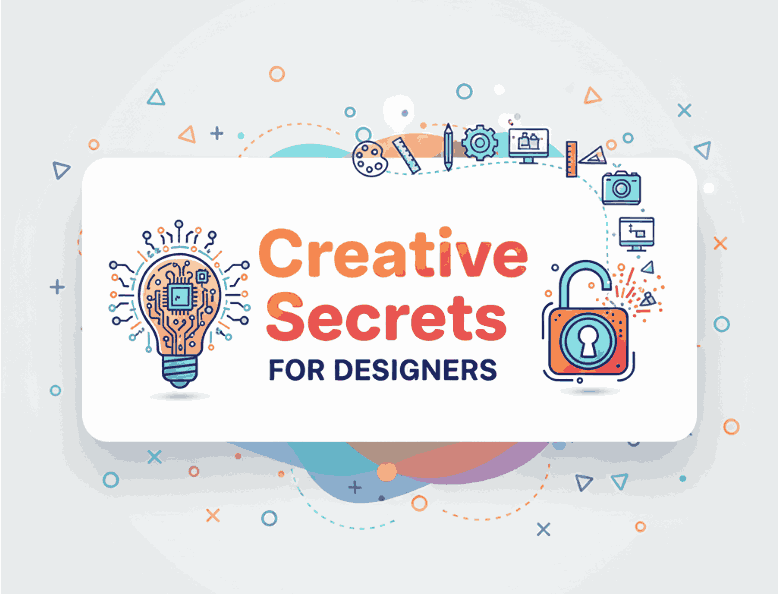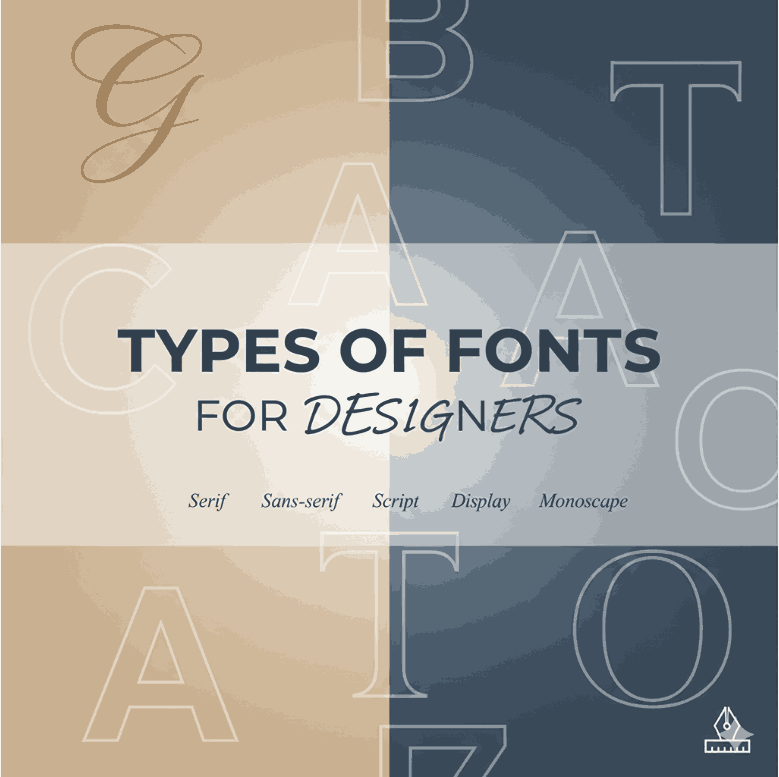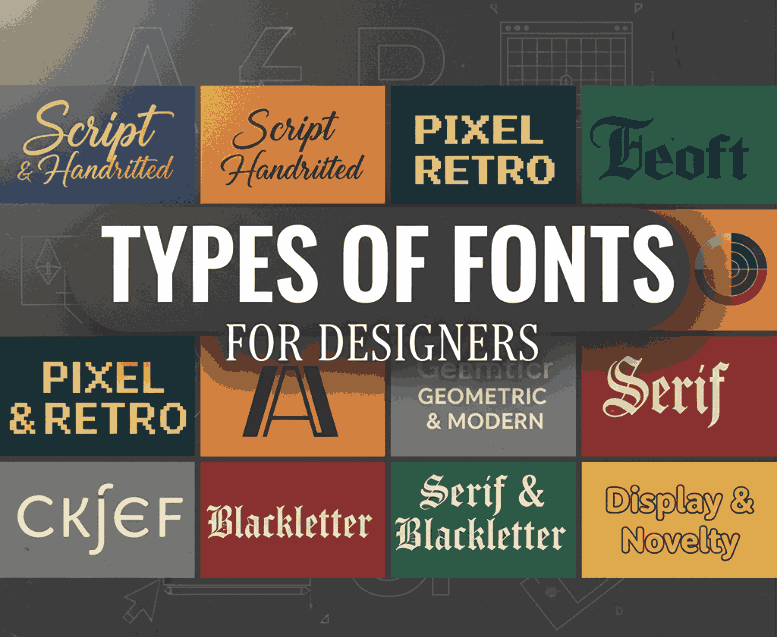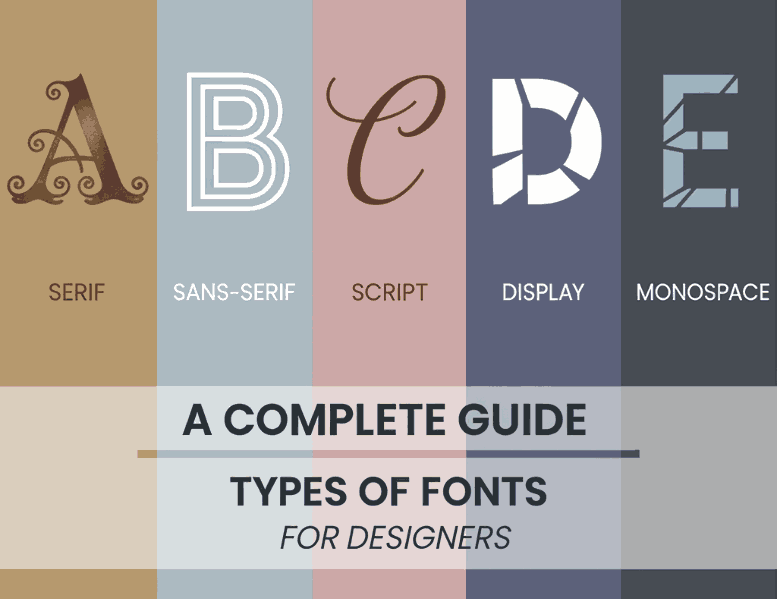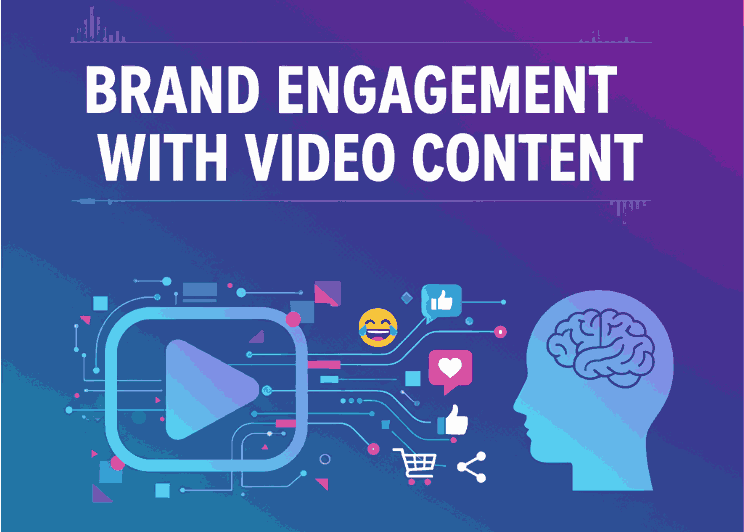
Table of Contents
- Introduction: Why Video Matters for Brand engagement video
- Understanding Brand engagement video in the Digital Era
- The Role of Video Content in Building Stronger Connections
- Types of Video Content that Drive Engagement
- Key Benefits of Using Video for Brand Growth
- Tips for Creating Effective Video Campaigns
- Fonts and Visual Identity in Video Branding (With Mockups)
- Common Mistakes to Avoid in Video Marketing
- Future Trends: Video, AI, and Interactive Branding
- Final Thoughts
- References
1. Introduction: Why Video Matters for Brand Engagement
Brand engagement video is becoming one of the fastest-growing tools for businesses to connect with audiences more effectively. Research shows that brands using video increase user engagement rates by over 80%, making it one of the most effective strategies to build loyalty and drive conversions. This article explores how businesses can maximize brand engagement with video content and achieve long-term success.
2. Understanding Brand Engagement in the Digital Era
Brand engagement video is more than just likes or shares—it’s about creating an emotional connection between your brand and your audience. With so much competition, businesses must embrace strategies that make them memorable, trustworthy, and relatable. Video is one of the most powerful tools to achieve this.

3. The Role of Brand Engagement Video in Marketing
Videos bring brands to life. Unlike static images, they combine motion, voice, music, and typography, which evoke stronger emotional responses. From explainer videos to product launches, every piece of video content can deepen the connection between a Brand engagement video and its audience.
4. Types of Video Content that Drive Engagement
Not all videos perform the same. Here are the formats proven to boost brand engagement with video content:
- Explainer Videos – Break down complex ideas simply.
- Behind-the-Scenes Videos – Humanize your brand and build trust.
- Customer Testimonials – Add credibility and authenticity.
- Live Streams – Foster real-time interaction.
- Short-form Videos (Reels, TikToks, Shorts) – Capture attention quickly.
5. Key Benefits of Using Video for Brand Growth
- Increased Reach → Videos are more likely to be shared across platforms.
- Stronger Emotional Connection → Music, voice, and visuals leave lasting impressions.
- Higher Conversion Rates → Video-based landing pages boost sales significantly.
- Improved SEO Ranking → Search engines prioritize video-rich content.
6. Tips for Creating Successful Brand Engagement Video Campaigns
- Start with a clear story that aligns with your brand values.
- Use consistent typography and colors to strengthen identity.
- Keep videos short, engaging, and mobile-friendly.
- Add captions and subtitles for accessibility.
- Measure success through engagement metrics, not just views.
7. Fonts and Visual Identity in Video Branding (With Mockups)
Typography plays a vital role in how your audience perceives your brand. Using unique fonts helps maintain consistency across platforms. Here are some exclusive fonts you can try in your next video project:
- Rallins Font Duo – Perfect for bold titles and modern branding.
- Flores Fresh Font – Elegant, stylish, and ideal for lifestyle videos.
- Denham Font – Versatile for both luxury and casual brands.
- Kawaguchi Font – Unique for artistic or creative businesses.
By combining these fonts with your video content, you ensure your brand stands out visually and emotionally.
8. Common Mistakes to Avoid in Brand engagement video Marketing

- Overloading videos with text.
- Ignoring mobile optimization.
- Using generic stock footage without personality.
- Forgetting clear calls-to-action (CTA).
- Not aligning video style with brand identity.
9. Future Trends: Video, AI, and Interactive Brand engagement video
The future of Brand engagement video will be shaped by:
- AI-powered editing tools that make video production faster.
- Interactive videos where viewers control the narrative.
- 360° and AR/VR experiences that immerse audiences in brand stories.
10. Final Thoughts
Video is no longer optional—it’s essential for building meaningful brand engagement. By combining compelling storytelling, creative typography, and consistent branding, businesses can transform casual viewers into loyal customers.

